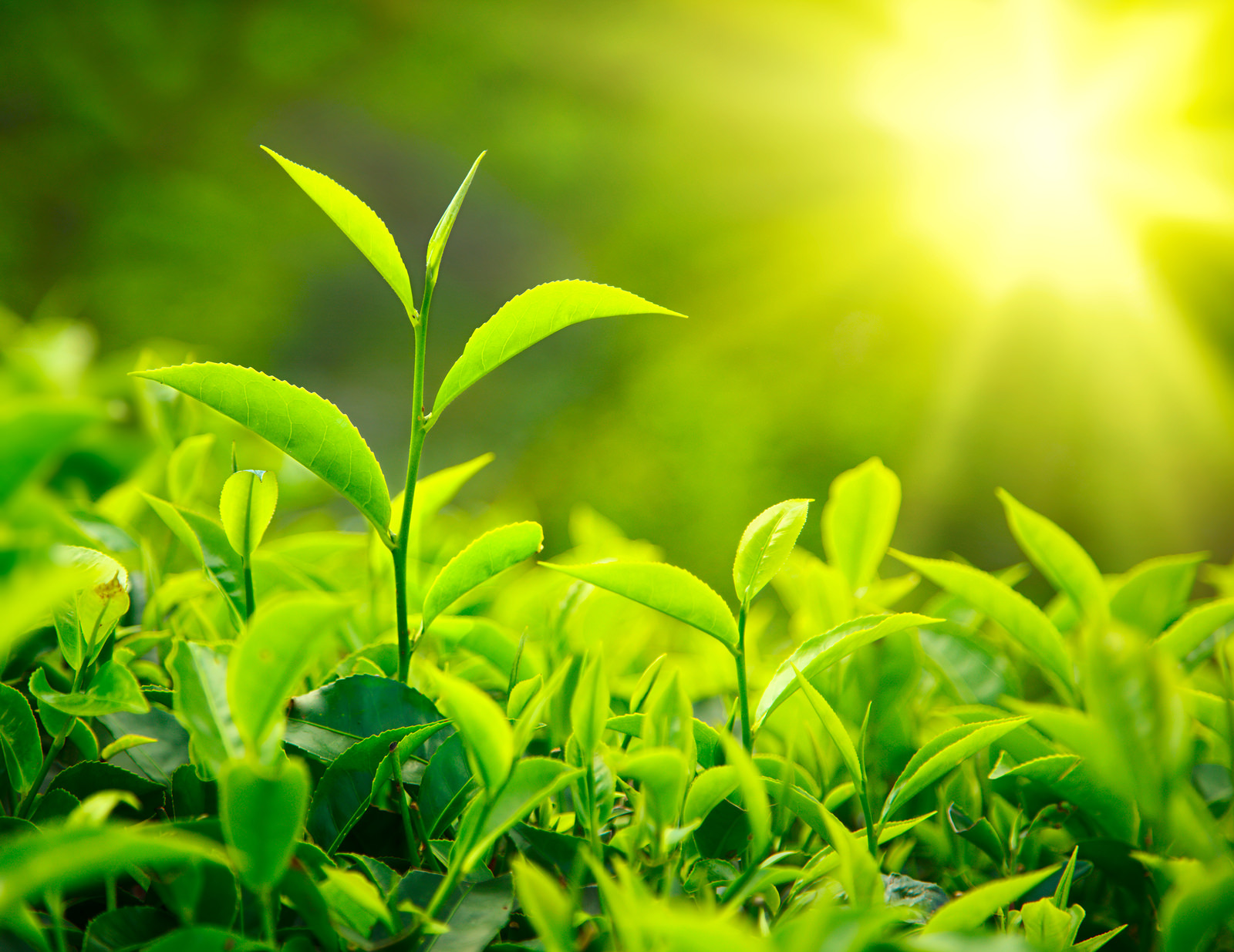For generations, children have been urged to eat their fruits and vegetables. Now, the Academy of Nutrition and Dietetics has issued guidelines who support this advice (Advances in NutritionOctober 3, 2022). In addition to energy, carbohydrates, proteins, vitamins and minerals, plant products contain special compounds called flavanols.
Get your daily dose of flavanols:
Previous research has indicated that people who consume more flavanols (specifically flavan-3-ols) have lower levels of cholesterol, blood sugar, and blood pressure (systematic reviewsJuly 18, 2018). These randomized controlled trials and cohort studies compared cocoa polyphenols or flavanols from tea, berries, apples, or red wine. The volunteers who consumed these phytonutrients had significantly lower blood sugar, blood pressure, and serum lipid levels. Their C-reactive protein levels were also lower, indicating less inflammation. Also, their blood vessels relaxed more easily (measured as flow-mediated dilation).
After reviewing the results of 157 controlled trials and 15 cohort studies, nutrition experts concluded that everyone should consume between 400 and 600 mg of flavanols per day. People whose diets provide these plant-based compounds regularly are less likely to develop diabetes or cardiovascular complications.
The authors of the article in Advances in Nutrition Note:
“Such research reports that the health-promoting properties of flavonoids are likely due to a synergistic combination of their antioxidant, anti-inflammatory, antimutagenic, and anticancer properties along with their modulatory effects on cellular enzyme functionality.”
Where are Flavan-3-ols found?
These are the colorful compounds in vegetables, fruits, and other plant products. A USDA Summary shows that the top 10 sources of flavan-3-ols in the American diet are black tea (hot or iced), beer (due to hops), apple juice, apples, bananas, blueberries, peaches , pears and strawberries. Although less popular in the US, green, white, and oolong teas are also excellent sources of these compounds. Cinnamon and some other spices also contribute to intake, although the total amount ingested is small.
Racking up 400 to 600 mg of flavanols a day can be a challenge for some of us. One of the best sources, black tea, has 109 mg in 100 ml (about half a cup). Green tea offers 133 mg/100 ml and oolong tea has 49.4 mg/100 ml. Nutrition experts specify that we should drink our tea instead of taking extracts. Green tea extracts, in particular, are hard on the liver.
Red wine, unlike tea, provides only about 17 mg/100 ml. In 100g (about 3.5oz) of apple, you get almost 14mg of flavan-3-ols, while apricots offer about 8mg in those three ounces. Dark chocolate stands out with 108 mg/100 g. Of course, in so much dark chocolate, you also get between 500 and 600 calories, which may well be more than you want. It makes sense to select chocolate with the least amount of sugar, although you may have trouble determining the flavonoid content.
CocoaVia supplements as a source of flavanols:
That is why we suggest investigating CocoaVia supplements CardioHealth capsules and powder each provide 5oo mg of cocoa flavonoids in a daily dose. The company, which funds The People’s Pharmacy radio show and podcast, is offering 20% off sitewide with code FLAV20. As a result, it will be easier for you to comply with the new recommendation.
